
Convirza makes it easy for you to manage all your phone calls. One tool available to all Convirza call tracking users is searchable call tagging.
A big part of improving marketing and sales is to find trends. It’s about analyzing data and being able to understand large amounts of information. More importantly, it’s about honing-in and drilling-down on pertinent data quickly, determining what is working and what isn’t. Then making adjustments based on what you learn.
For these exact reasons, Convirza created call tagging.
In the world of phone calls and analytics, call tags are one way to put a personal or custom label on a call recording. Think of call tags as a post it note attached to a call.
Call tags are used to:
Categorize calls using internal benchmarks
Filter by types of phone calls
Save recordings for training purposes
And more.
Truth be told, social media platforms inspired the call tagging feature. The better we understand our conversations, the more benefit they produce. Call tags categorize and organize call recordings in the way that makes sense for you and your team.
Every time you listen to a call, you can stamp it with a personal tag. Think of tagging as the ability to label call recordings for quick reference later.
If the caller was upset about something, you tag the call ‘angry customer.’ If the customer calls for a specific customer service issue, you tag the call “customer service problem,” “broken product,” or whatever you would like. Convirza call tagging titles and categories are fully customizable.
You can give each call an unlimited number of tags that describe it. You can use tags to describe everything from what the customer said about your product, to how well your employee sold the product. You can even preset certain tags and add them to calls with one mouse click.
Once you’ve tagged a call, you find the call later by doing a quick search. This categorizes information from phone calls that were previously unorganizable. You can put calls into groups. Trends and patterns will begin to surface.
Call tagging allows marketers to plan re-marketing strategies and determine lead quality. In the same way, call tagging allows sales executives and managers the ability to determine what common objections are and how to overcome them.
Call tagging gives businesses real-time customer feedback. Also, tagging organizes real-time customer feedback.
In short: call tagging is a next-generation way to organize and analyze the phone calls that come into your business—providing critical sales and marketing data that was previously unavailable and unusable.
For marketers, measuring lead quality is an elusive goal that seems always slightly out of reach. With call tagging, it’s within your reach.
Here’s how…
Every call tracking tool on the market—Convirza included—utilizes tracking numbers. These tracking numbers help you determine which marketing methods are generating phone calls and which are not.
Let’s say, for example, that one tracking number associated with a certain email marketing campaign is generating 70% of your phone calls. If you were using a standard call tracking company you would assume the email campaign generating 70% of your calls is working very well. You would probably spend more money to develop additional campaigns.
That’s a decent assumption. But it might be wrong.
Once you listen to the calls from that tracking number you notice that the callers aren’t terribly interested in your product. They’re just calling to get information. They are a looooooong way from buying.
After tagging a few calls as ‘cold lead’ or ‘not close to buying,’ you begin to notice a pattern: each of these calls comes from the email campaign that’s been generating 70% of your calls. You suddenly realize that, while this campaign is generating 70% of your calls, it is not generating any hot leads or sales.
This is information you would have been unaware of without the ability to tag, search and organize calls. With call tagging, you can determine which lead sources are producing hot leads and which are producing cold leads.
What percentage of the calls your business receives are from angry customers? Is it 2%? Maybe 7%? You likely have a guess, but most businesses simply don’t know precisely how many upset customers call them.
With Convirza you will know. But more importantly, you can do something about it.
When you hear an angry customer call, you simply tag the call as ‘angry.’ Once you have 10 or 20 angry customer calls, you can start looking for patterns. Maybe there is a common reason all these people are angry?
Perhaps one phone agent or employee is the common factor? Maybe one product or service you offer is the common denominator for all the angry calls? Once you have determined a pattern, you can figure out a way to fix the problem.
You can’t do this without call tagging.
3) Call Tagging Helps Develop Accurate ‘Win-Back’ Strategies
Because you are a smart person and you tag your calls, you know why a customer didn’t buy from you. You don’t have to guess why they didn’t buy, which is what most businesses do. You also do not you need expensive research, which is what rich businesses do.
Instead, you can hear the calls and tag the precise reason the customer did not buy. You hear the reason straight from the customer’s mouth. Then you develop specific ‘win-back strategies’ for those callers. Go and get them!
The other bonus with call tagging…
Convirza has all the callers’ pertinent data such as phone number, location, the time called, how they heard of you initially, what marketing method got them to call in the first place, and more. So you can easily figure out a way to win your caller back.
You could do all this without call tagging, but it would take a really, really, really long time.
Every business has them—leads that fall through the cracks and ‘leak’ out of your pipeline. No matter how well-intentioned or automated your system is, human error creeps in and your lead process breaks down.
Maybe only 1% or 2% of leads fall through the cracks, but everyone has leaks in their customer experience funnel.
Call tagging can mitigate leakage.
If you tag the call as a ‘hot lead’ or as a ‘hot prospect’ you can group those calls together and keep track of them.
Simply put…
Call tagging allows you to catch the lead leaks that fall through human hands or your CRM. And because Convirza attaches call recordings to CRM customer records, you can keep track of everything at once.
Every call that doesn’t result in a sale should be tagged with the reason the caller gave for not buying. For example, if the caller referenced price as their objection to buying your product, tag the call ‘high price.’ If the caller said your product doesn’t offer a specific feature they are looking for, you could tag the call, ‘didn’t like the colors we offer’ or ‘objection: feature.’ Or, perhaps, you’ve always suspected that your location on the outskirts of town is hurting your business, but you didn’t know for sure. Now, when someone calls and says that your store is too far away, you can tag the call ‘location.’
These are just a few examples. But, armed with this information, patterns will begin to emerge. You can measure, accurately, why your buyers aren’t buying from you.
Wow. Double wow.
A prospect calls your business. They want to buy, but the time just isn’t right. Besides tagging other elements of the call (things like what their hurdle to buying was), you can specifically tag to re-market to them. If you wanted to be even more specific, you could tag specific ways you want to re-market to them based on what they said in the call.
Using call tagging in this way plans your future marketing efforts for you.
The previous six ways to use tagged calls have all dealt with what the potential customer said in the call. What about tagging the call based on what your employee said on the call?
For example: let’s say your rep was a little rude on the call. They weren’t very polite to the customer. Here, you simply tag the call ‘rude’ or ‘rude employee.’ Because you can group the calls, you can determine which of your employees are consistently rude on the phone and which aren’t.
If you see a pattern of sustained rude and impolite behavior, you can train that employee on improving. If they persist in their behavior, well, that’s up to you!
Every time you hear a call when an employee sold a product particularly well or provided excellent customer service…you guessed it: tag that call!
You can tag the call using a general phrase like ‘high employee performance’ or ‘great sales skills.’ Or you can be very specific and use the tag ‘great call greeting,’ or ‘excellent sales close.’ And remember, you can make up any tag you want and use multiple tags on the same call. Many times several tags would apply to the same call. You can use the tags to measure call quality and increase sales performance.
How often are your potential customers comparing you to your competitors?
More importantly, what elements of your businesses or products are they comparing?
Standard call tracking alone doesn’t answer these questions, but call tagging does. You can simply tag a call each time a caller mentions a competitor. Tag it using the competitor’s name or what the caller reference when talking about them.Once the call tags are grouped together, you can see how your customers are comparing you to your competitors. Again, this isn’t based upon guesses or expensive research. It is based upon real bio-feedback from the customer in real-time.
Call tagging makes call recordings useful and helping in improving business practices.
We have listed nine ways to use call tagging and we’ve stayed pretty general. There are almost an infinite number of ways to give calls multiple tags and to slice and dice the data the tags provide. We didn’t even touch upon what you could learn about your products from call tagging.
Think about the product or service development information you could get from customers using call tagging! Or, think about all the ways you could classify customer service using call tagging! There are probably ways to use call tagging that we have not even thought of yet.
Call tagging allows you to analyze and act upon previously unusable information. To see for yourself, please consider scheduling a demo today.

Book A Quick 15 Minute Call,
And We’ll Show You How To Unlock The Power Of Every Conversation.
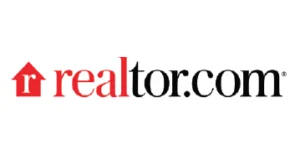
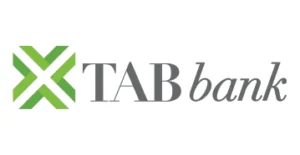
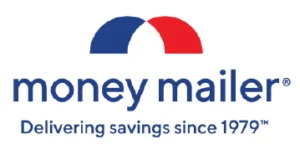
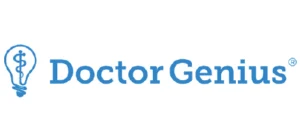
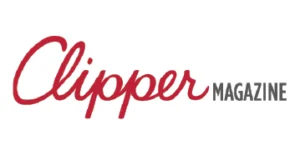
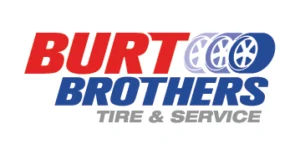
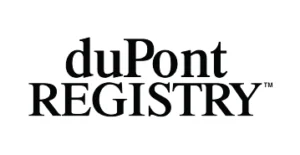
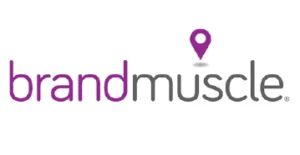
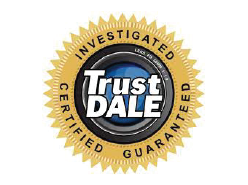
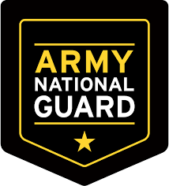

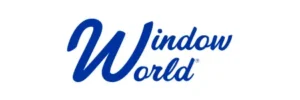
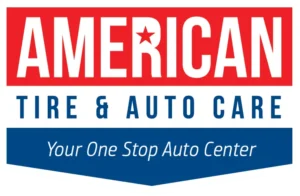
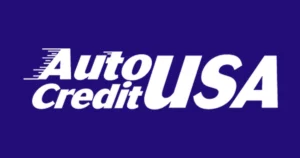
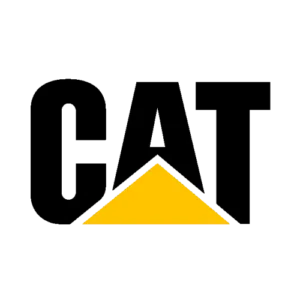
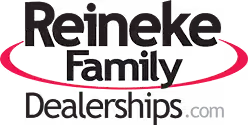



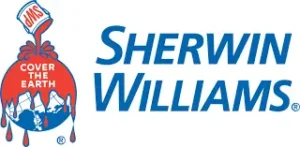
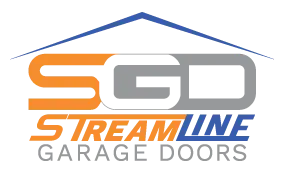
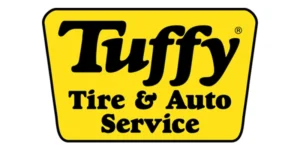

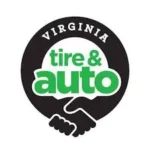




©2025 All rights reserved – Convirza